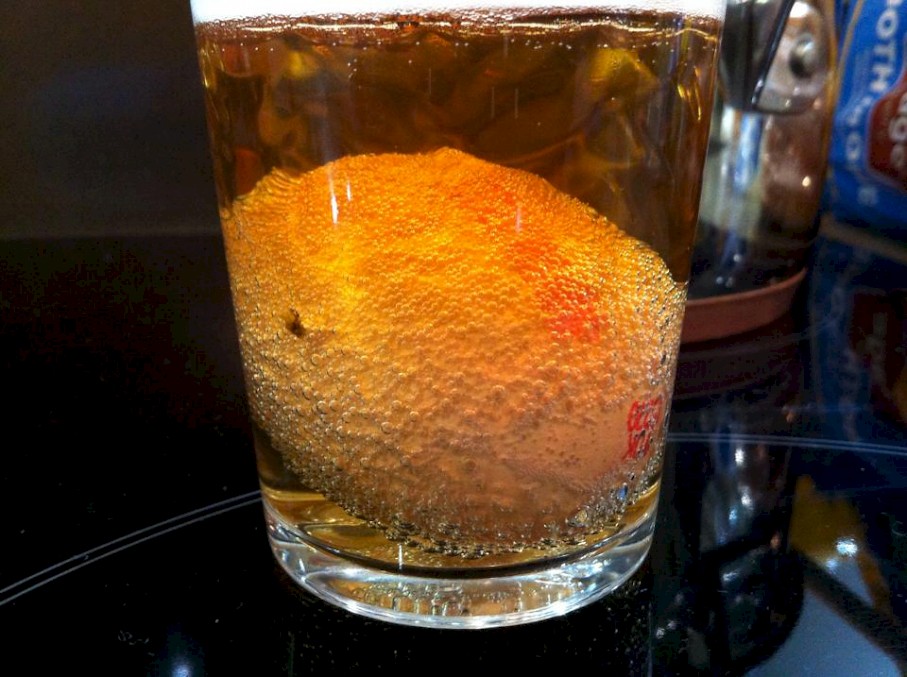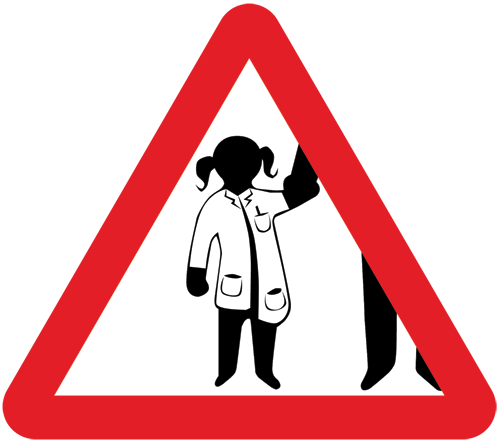Shell-Less Balloon Egg

In this odd egg-speriment we're going to take an egg out of its shell without even cracking it!
Egg-speriment
- Place the egg carefully in the glass, don't crack it!
- Slowly pour vinegar into the glass until it at least covers the egg.
- Put the glass somewhere out of the way and wait. What appears on the shell of the egg?
- If the bubbles slow down or stop you may need to pour away the vinegar and replace it. You might also need to reposition the egg so that the vinegar eventually reaches all of it.
- After a day or so, gently poke the egg. What does it feel like?
- Once the shell is gone you'll be left with a rubbery balloon full of egg! Pour away the vinegar and rinse it with fresh water. If you used a raw egg, try shining a torch through it!
- If you used a raw egg be careful handling it, the membrane that's left is delicate.
So what's happening?
Egg shells are mostly made of calcium carbonate, also known as chalk, which is what makes them both rigid and brittle. Vinegar contains ascetic acid, which reacts with the egg shell to give off bubbles of carbon dioxide gas. Eventually all of the shell is dissolved and what is left is a squidgy bag (a protein membrane) full of egg white and yolk! How weird does it feel to hold an egg in your hand with no shell on it, especially if it's raw!
What if?
What would happen if you:
- Used water instead of vinegar?
- Put a raw shell-less egg into a strong salt solution compared to another in plain water for 24 hours? Try it. Why does this happen?
